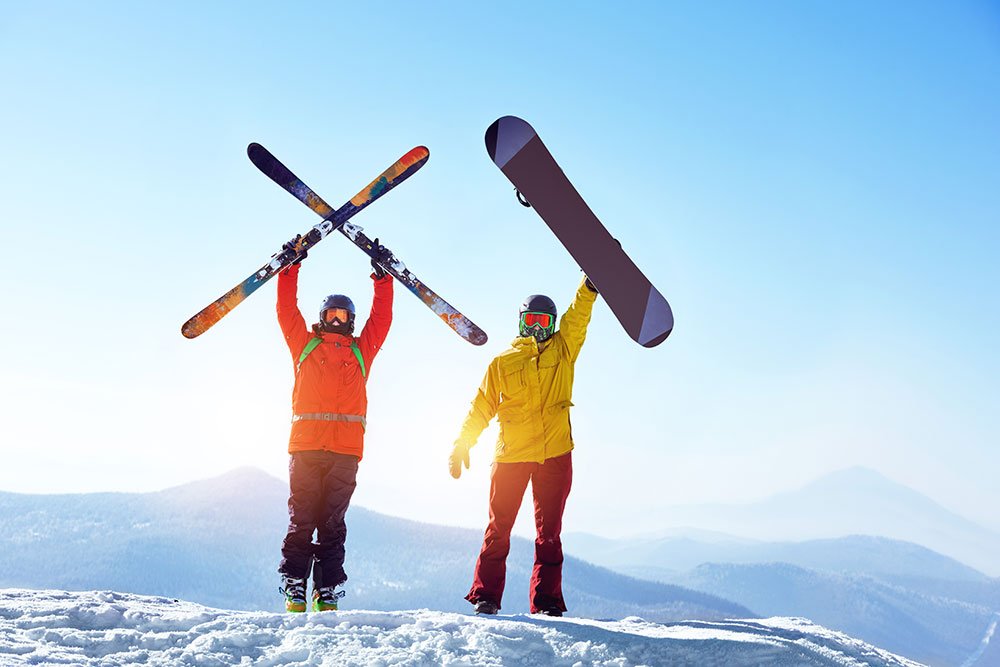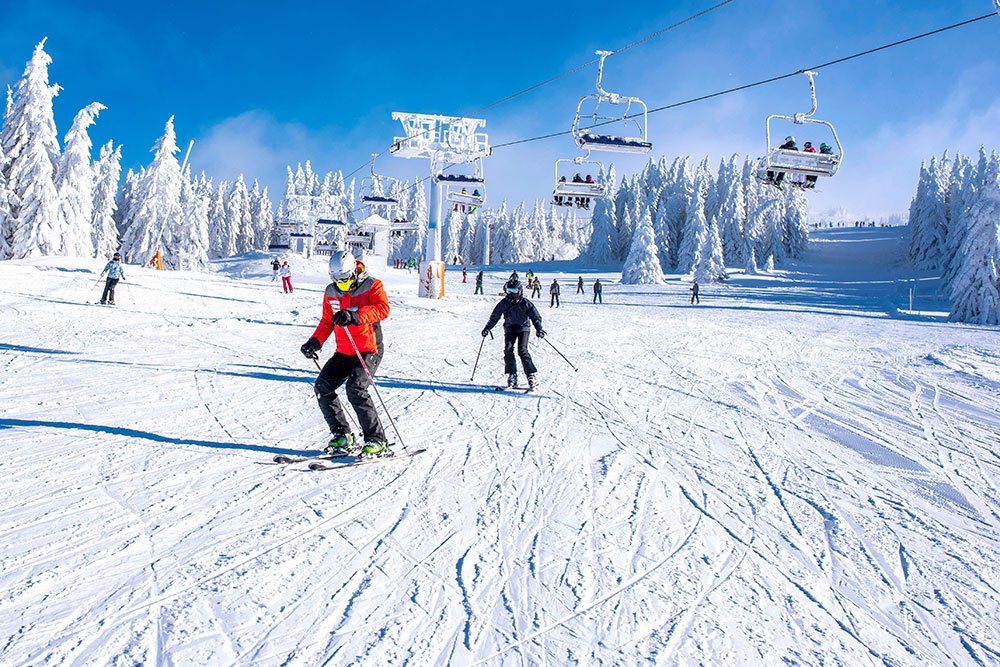Which is Better for Knees: Skiing or Snowboarding?
Dr. William Sterett is a board-certified orthopedic surgeon and sports medicine specialist at Vail-Summit Orthopedics & Neurosurgery in the picturesque town of Vail, Colorado. He has dedicated his career to the treatment of the knee. With a clinical focus on knee issues and extensive experience as one of the most prolific knee surgeons in the U.S., he is often asked a pressing question by winter sports enthusiasts: “Which is better for knees, skiing or snowboarding?”
This overview aims to delve into the distinct differences and commonalities in knee injuries associated with skiing and snowboarding, as well as provide insights into risk factors and injury prevention techniques.
Skiing or Snowboarding?
The debate over whether skiing or snowboarding is better for the knees is a nuanced one, influenced by various factors, including individual preferences, skill level, and notably the biomechanics associated with each activity.
Distinct Differences in Injury Types
When comparing skiing and snowboarding, it's essential to recognize the distinct differences in injury types that each sport presents, particularly concerning the knees.
In skiing, anterior cruciate ligament (ACL) injuries are relatively common. The ACL is a cruciate ligament that stabilizes the knee joint. Skiing, with its demanding leg motion, can put stress on this ligament during certain maneuvers. Additionally, skiers may experience medial collateral ligament (MCL) injuries, meniscal tears, and fractures, each posing unique challenges for treatment and recovery.
Conversely, snowboarding is associated with a different set of knee injuries. The most prevalent among these is the risk of injuring the posterior cruciate ligament (PCL). The mechanics of snowboarding, with both feet strapped onto a single board, can lead to hyperextension injuries that affect the PCL. Additionally, meniscal tears and ankle injuries are also commonly observed in snowboarders.
Commonalities in Risk Factors
While skiing and snowboarding differ in their mechanics and resultant injury types, they share certain risk factors that can contribute to knee injuries across both activities.
One common risk factor is the role of terrain and conditions. Dr. Sterett often emphasizes to winter sports enthusiasts that the quality of snow, weather conditions, and the chosen ski runs can significantly impact the risk of injury. He has seen cases where uneven terrain or icy conditions have heightened the risk of knee injuries in both skiers and snowboarders.
Another risk factor is the importance of proper equipment and technique. Ill-fitting equipment, such as ski bindings that don't release appropriately, can increase the risk of knee injuries in skiers. Similarly, improper stance and technique in snowboarding can contribute to a higher likelihood of knee injuries. It's crucial for participants in both sports to invest time in learning and practicing proper techniques to mitigate these risks.
Injury Prevention Techniques
Preventing knee injuries in skiing and snowboarding involves a combination of conditioning, awareness, and proactive measures.
For skiers, focusing on strengthening the quadriceps and hamstrings can provide better stability to the knee joint. Additionally, maintaining proper ski-binding settings, adjusting according to skill level, and ensuring well-maintained equipment can reduce the risk of ACL injuries.
In snowboarding, emphasis should be placed on strengthening the muscles around the knee, including the quadriceps and calf muscles. Proper stance and technique, particularly during jumps and landings, are crucial in preventing hyperextension injuries to the PCL. Moreover, snowboarders should be attentive to proper binding release settings and equipment maintenance.
As a seasoned orthopedic surgeon with a focus on knee treatments, Dr. Sterett emphasizes the importance of individual considerations and preferences in choosing between skiing and snowboarding. While both sports present unique challenges to knee health, informed decision-making, proper conditioning, and adherence to injury prevention techniques can significantly reduce the risk of knee injuries in these exhilarating winter activities.
For further information or an evaluation for winter sports readiness, request a consultation today. Whether skiing or snowboarding, protecting your knees is a top priority.
Get Back in the Game with Team Sterett’s Expert Care
Dr. Sterett and his team of sports medicine specialists at Vail-Summit Orthopaedics & Neurosurgery are the preferred choice for those wanting the highest level of care.
Contact Team Sterett today for personalized treatment that will get you back to your peak performance. Call (970) 476-7220 today or request a consultation using our online form.
Telehealth Appointments are Also Available!
Dr. Sterett offers the convenience of telemedicine. As a highly sought-after expert by patients across the country, you can schedule a virtual consultation today to receive his unparalleled care from the comfort of your home. https://drsterett.com/about-telemedicine



